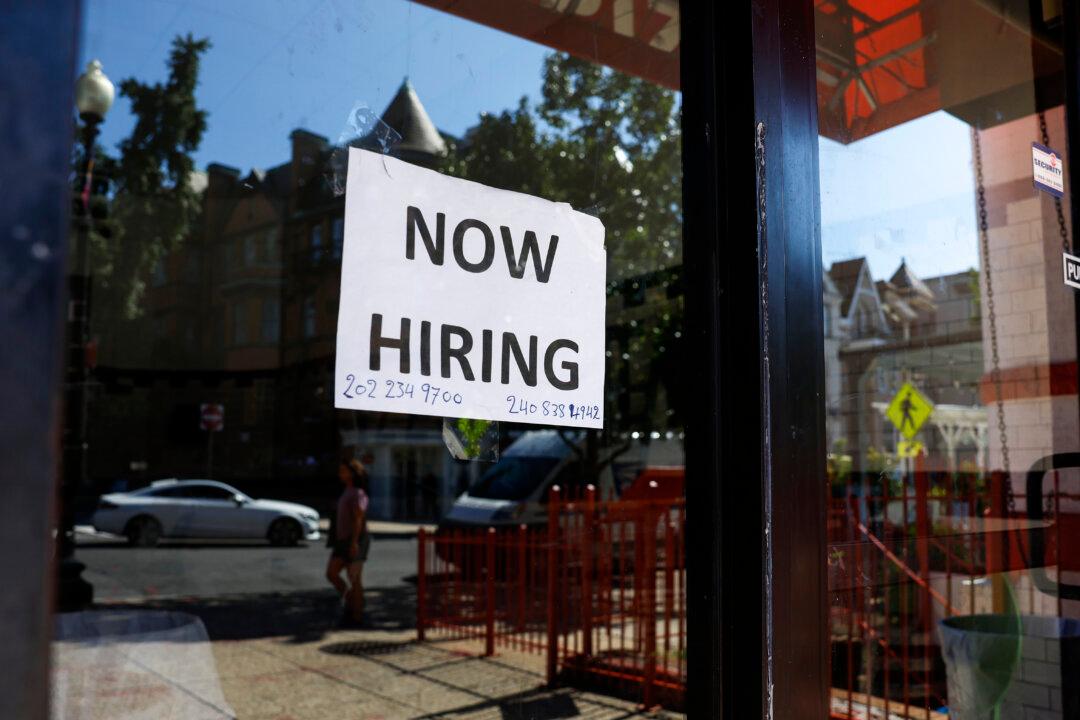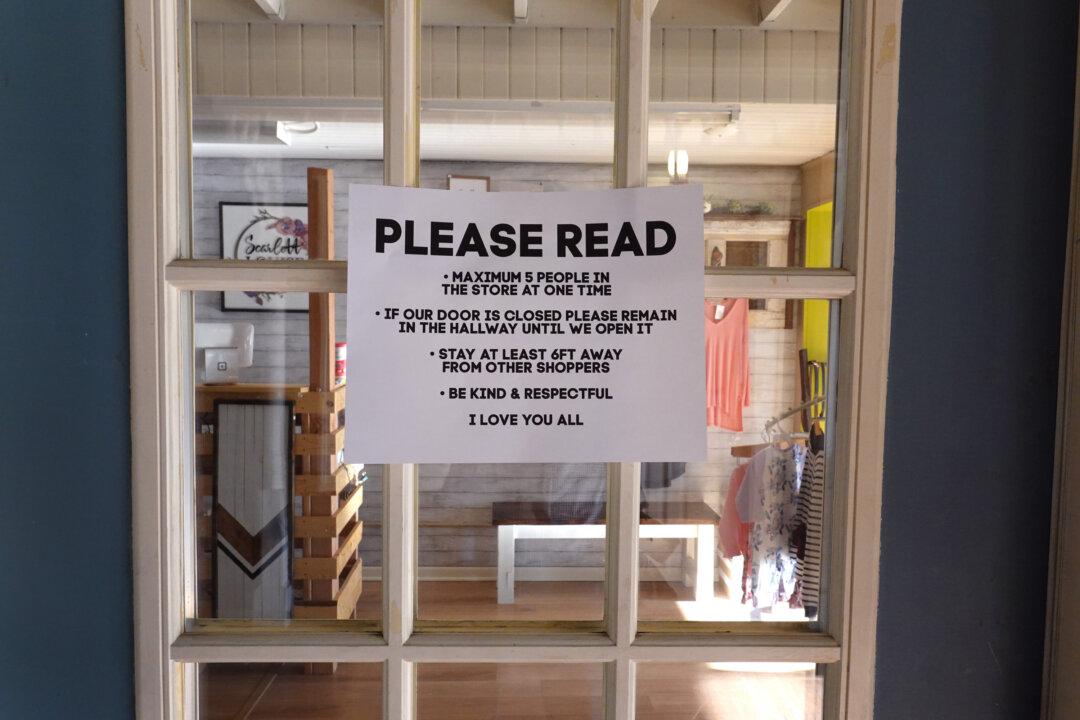Unions across Illinois are celebrating the passage of a labor rights amendment to the state constitution that would ban “right-to-work” laws throughout the state.
Amendment 1 (also known as the “Workers’ Rights Amendment”) solidifies collective bargaining as a state constitutional right that cannot be legislated away. The SEIU Healthcare Illinois union has called it a “testament to the collective power of working people.”





